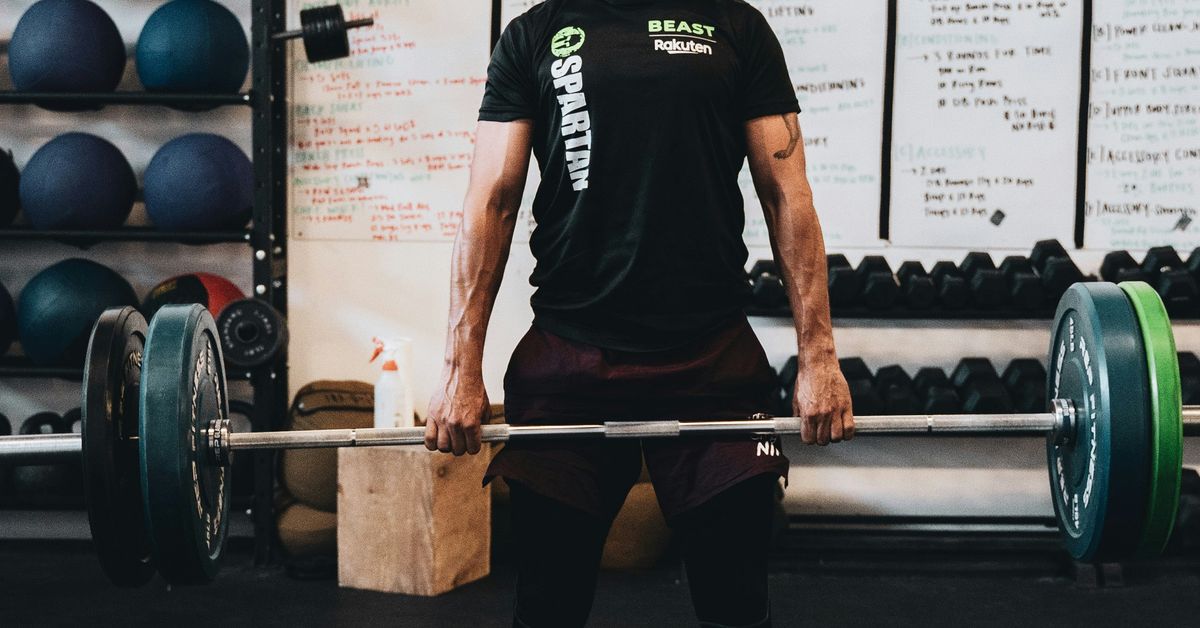Unlock the Secret Techniques that Transform Your Strength Training Results Instantly
Strength training is often touted as the gold standard for achieving fitness goals, but let’s face it—many of us hit plateaus that can feel like they’re made of concrete. Remember the last time you walked into the gym feeling pumped, only to find yourself staring blankly at the weights, wondering why your progress has stalled? You’re not alone. In fact, I’ve been there too, scratching my head and wondering what’s missing from my routine. But fear not! With the right techniques, you can unlock hidden potential and transform your strength training results almost instantly. Let’s dive in!
Understanding the Basics: Why Strength Training Matters
Before we get into the nitty-gritty of secret techniques, let’s take a moment to appreciate why strength training is a fundamental pillar of fitness. It’s not just about bulging biceps or chiseled abs (though, let’s be honest, those are nice perks). Strength training boosts your metabolism, enhances bone density, and improves overall functional performance. Studies suggest that even a modest increase in strength can lead to better balance, coordination, and overall physical capability. In short, strength training is essential for a healthy, active life.
Technique #1: Master Your Form
First things first—let’s talk about form. You might think you’re lifting heavy, but if your form is off, you could be wasting time and risking injury. I remember watching a friend at the gym who was determined to lift more than his body could handle. Spoiler alert: he ended up with a sore back and a bruised ego. Proper technique is critical, not just for maximizing gains but also for safety.
Here’s a quick checklist to improve your form:
- Start with lighter weights to master the movement pattern.
- Engage your core—this is your body’s natural weight belt.
- Keep your elbows tucked in (for exercises like bench press).
- Don’t rush! Controlled movements yield better results.
Consider working with a trainer at least once to ensure your form is spot on. Sometimes, a few tweaks can lead to significant improvements. (I once had a trainer adjust my squat stance, and it felt like I’d unlocked a new level of strength.)
Technique #2: Progressive Overload—The Secret Sauce
Here’s where things get interesting. If you’re not familiar with the concept of progressive overload, let me break it down: it’s the gradual increase of stress placed upon your body during training. This could mean lifting heavier weights, increasing the number of repetitions, or even reducing rest time between sets. The key is to challenge your muscles consistently.
Some studies suggest that increasing your weight by as little as 5% can lead to improvements in strength. The beauty of progressive overload is that it keeps your workouts fresh and exciting. I mean, who doesn’t want to feel like they’re leveling up in a video game every time they hit the gym?
Technique #3: Vary Your Routine
Let’s face it—doing the same workout day in and day out can get boring. Not to mention, your body adapts to the routine, and progress stalls. To combat this, incorporate a variety of exercises that target the same muscle groups. For example, if you’re focusing on legs, mix in squats, lunges, deadlifts, and leg presses.
Don’t forget about the benefits of changing up your rep ranges too. For instance, some days focus on higher reps (12-15) for endurance, while others can be dedicated to lower reps (4-6) for strength. This not only keeps things interesting but also helps you develop a well-rounded physique.
Technique #4: Nutrition—Fuel Your Gains
It’s no secret that you can’t outlift a poor diet. When I first started strength training, I thought I could just eat whatever I wanted as long as I was lifting heavy. Spoiler alert: that didn’t work out too well for me. Nutrition plays a crucial role in your strength training results.
Here are some key nutritional tips to consider:
- Protein is Your Best Friend: Aim for at least 1.6 grams of protein per kilogram of body weight to support muscle repair and growth.
- Carbs Are Not the Enemy: Carbohydrates provide the energy you need for those intense workouts. Choose whole grains, fruits, and vegetables.
- Hydration Matters: Dehydration can impede your performance. Drink water before, during, and after your workouts.
And let’s not forget about the occasional treat! I believe in balance—enjoying a slice of pizza now and then isn’t going to derail your progress. (Trust me, I have a PhD in pizza consumption.)
Technique #5: Mind-Muscle Connection
Have you ever noticed that when you’re distracted, your workouts just don’t feel as effective? That’s because the mind-muscle connection is real. Focusing on the specific muscle you’re working can enhance muscle activation and lead to better results. It’s all about tuning in to what your body is doing.
Try this: during your next workout, consciously think about the muscles you’re targeting. Picture them working, contracting, and growing. Some fitness experts argue that this mental focus can lead to improved outcomes. It might sound a bit woo-woo, but it works—at least for me!
Technique #6: Include Compound Movements
If you want to maximize your strength training efficiency, incorporate compound movements into your routine. These exercises engage multiple muscle groups at once, meaning you can lift heavier weights while burning more calories. Think squats, deadlifts, bench presses, and pull-ups.
Compound exercises not only save time, but they also promote functional strength. I mean, who wouldn’t want to be able to lift a heavy box off the ground without throwing their back out? (True story: I once tried to impress a friend with my deadlift prowess and nearly ended up in a chiropractor’s office.)
Technique #7: Recovery Is Key
Let’s not kid ourselves: recovery is just as important as the workouts themselves. Overtraining can lead to burnout and injuries, which we all want to avoid. Incorporate rest days into your routine and listen to your body. If you’re feeling fatigued, give yourself permission to take a break.
Active recovery—such as yoga or light stretching—can also be beneficial. Not only does it help to alleviate soreness, but it can improve your flexibility and mobility. I’ve learned the hard way that pushing through fatigue can lead to setbacks. So, take care of yourself!
Technique #8: Track Your Progress
Whether you’re old school with a pen and paper or tech-savvy with a fitness app, tracking your progress is essential. It provides motivation and enables you to see how far you’ve come. Plus, it helps identify areas where you might need to switch things up.
Try keeping a workout journal where you note your exercises, weights, and how you felt during the session. You might discover patterns that can inform your future training. (I’ve found that I tend to hit a wall when I skip leg day—funny how that works!)
Technique #9: Set SMART Goals
Setting goals is crucial for success in any endeavor, but they should be SMART—Specific, Measurable, Achievable, Relevant, and Time-bound. Instead of saying “I want to get stronger,” try “I want to increase my squat by 20 pounds in the next six weeks.” This gives you a clear target and helps you stay accountable.
When I first started setting goals, I was vague, and guess what? I didn’t achieve much. But once I got specific and realistic about what I wanted, my results skyrocketed. Having a goal can feel like having a map on a road trip—without it, you might just end up lost somewhere along the way.
Technique #10: Surround Yourself with the Right People
Finally, let’s talk about the people you surround yourself with. Whether it’s a training partner, a supportive community, or a coach, having the right support can make a world of difference. I’ve been lucky enough to have friends who share my passion for strength training, and it’s helped keep me motivated on days when I’d rather binge-watch Netflix.
Join a local gym or engage with online communities; there’s a wealth of knowledge and encouragement out there. Plus, a little friendly competition never hurt anyone—just remember to keep it light-hearted!
Final Thoughts
Strength training is a journey, not a destination. By mastering your form, incorporating progressive overload, varying your routine, and focusing on nutrition and recovery, you can unlock techniques that will transform your results. It’s a blend of science and art, and the beauty of it all is that every person’s journey will be unique.
As you embark on this journey, keep in mind that setbacks are part of the process. Embrace the ups and downs, and remember that progress takes time. So, grab those weights, focus on your goals, and most importantly, have fun with it! After all, strength training is about more than just the numbers—it’s about building confidence, resilience, and a stronger you.
Now, go forth and lift! And remember, the only bad workout is the one that didn’t happen.













